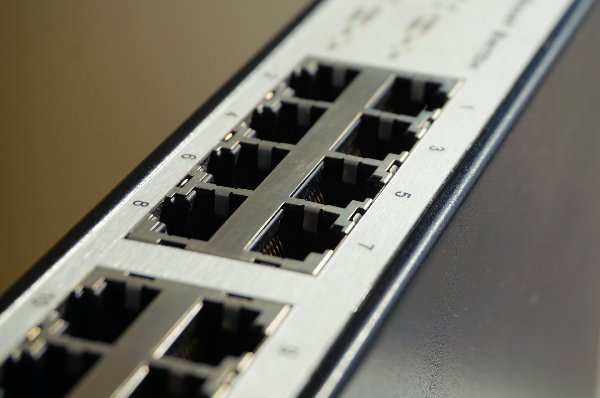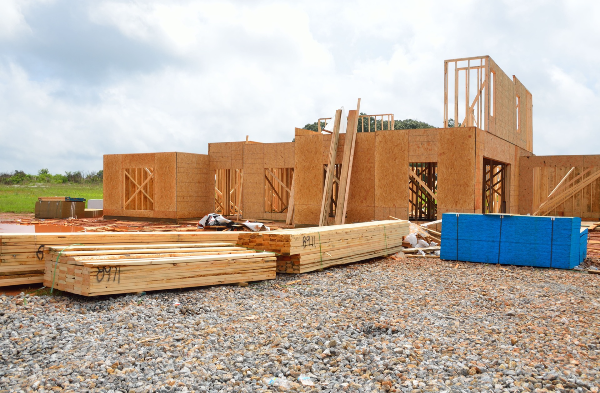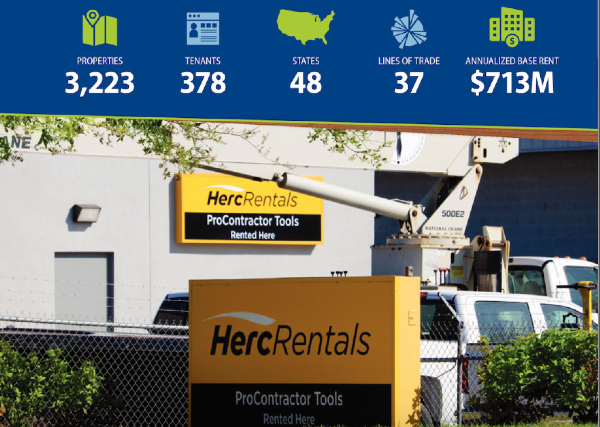When you are in debt, it may feel like you are digging yourself deeper with every dollar you spend. And as the bills start mounting and collection agencies are pressuring you to pay, it’s easy to panic and forget your priorities. However, knowing the four walls of budgeting can help remind you what is most important in your budget. So if you are having a hard time making ends meet, here are a few ways you can strengthen your four walls of budgeting and get closer to your financial goals.
What Are the Four Walls of Budgeting?
Dave Ramsay describes the four walls of budgeting as the essential things in your budget that you need to survive. Like the four walls of your home, these four categories represent the things you need to sustain the bare minimum standards of living.
But, the amount you spend and the definition of each wall will vary from person to person. So you have to identify them within your own budget. However, here is a basic guideline of what each wall represents.
1. Food
Humans are animals, and our bodies need fuel to function. This category should include all the food with the essential nutrition that your body needs. When tallying these expenses, you should include all your expenses for food.
2. Shelter
The second wall of budgeting deals with our basic need for shelter. This category covers all the expenses to keep the roof over your head and the lights on. For most of us, this will incorporate the largest portion of the budget.
The general guideline suggests that 30% of your income pays for housing. In addition to your monthly mortgage or rent payment, there are also property taxes, utilities, maintenance, and repairs and repair costs to consider as well.
3. Clothing
The third wall represents the basic clothing items you need in your daily life. This should account for formal and business attire at work, footwear, winter apparel, undergarments, and any other clothing items you wear from day to day.
4. Transportation
The final wall of budgeting has a great deal of variation depending on where you live. Transportation covers the amount you need to get from Point A to Point B. In some places, there is no other option than to own a vehicle. However, this comes with significant costs such as registration, insurance, maintenance, repairs, and gas.
Those who live in urban areas with modern public transit have the luxury of more options to fit the budget. Most cities have buses, trains, or subway systems that offer monthly passes for minimal fees. Some people may even be able to ride a bike or walk to save even more.
How Do You Strengthen Your Four Walls of Budgeting?
If you want to strengthen your four walls of budgeting, you have two options: earn more income or decrease your spending. While the answer is cut-and-dried, the way to achieve it is more fluid.
Bring in More Income
The easiest way to strengthen your four walls of budgeting is by bringing in more income. These are the easiest ways to make that happen.
- Ask for a raise. If you had a good performance this year, then asking for a raise may be well received. Try to time your request after a big win or the completion of a successful project. And, you will probably have a better chance to get it if you do it before they determine the annual budget.
- Go for a promotion. Another option is to go for a higher-paying position. So, if you are willing to take on more responsibility, then why not get paid to do it? Start looking for positions within your company to advance your career and your savings goals.
- Look for a second job or side hustle. Many people look for ways to bring in extra cash around the holidays You could bring in more income with seasonal work, a second job, or starting a side hustle in your spare time.
- Find ways to generate passive income. My personal choice is to put your money to work for you. Look for investments that generate passive income to support your budget.
Reduce Your Expenses
For those who have no way of earning more money, the only option is to reduce your spending. If trimming the budget is the only way to strengthen your walls, here are a few ways that have worked for me, even on a bare-bones budget.
- Food – The best way to reduce your food bill is to stop dining out and prepare you food at home. You can also use coupons, buy off-brand items, buy in bulk, and save more with discount shopping clubs.
- Shelter – If the timing is right, refinancing your mortgage could save you on interest. However, you can also save money by finding cheaper accommodations or downsizing. Another idea is to look for a roommate or renter to split expenses if space allows.
- Clothing – Since I live in athletic wear, my clothing costs are minimal. I avoid designer brands and prefer to items second-hand to save money.
- Transportation – Choosing to sell a car or trade it in for one with a lower monthly payment is a tough decision. There are tons of ways to save on gas and car insurance, but it is a major expense. If you have to eliminate it completely public transportation, riding a bike, or walking when possible could save your budget.
Beyond the Four Walls
The four walls are a great starting point for anyone learning to live on a limited budget. However, there are other essential costs that you will need to tailor to your situation. For example, those of us who work from home must have reliable internet and cell phone service. Those with children will need childcare. And, all of us will require healthcare services at some point. Although you may be able to live without them temporarily, it’s not a long-term solution.
There is no single answer for strengthening your four walls of budgeting. Ultimately, it comes down to whatever method will help you stick to your budget. You may have to try several different approached before you find one that sticks. But, if you have determination and self-discipline, you can strengthen your walls and build a solid foundation for your future.
Read More






























When you are in debt, it may feel like you are digging yourself deeper with every dollar you spend. And as the bills start mounting and collection agencies are pressuring you to pay, it’s easy to panic and forget your priorities. However, knowing the four walls of budgeting can help remind you what is most important in your budget. So if you are having a hard time making ends meet, here are a few ways you can strengthen your four walls of budgeting and get closer to your financial goals.
What Are the Four Walls of Budgeting?
Dave Ramsay describes the four walls of budgeting as the essential things in your budget that you need to survive. Like the four walls of your home, these four categories represent the things you need to sustain the bare minimum standards of living.
But, the amount you spend and the definition of each wall will vary from person to person. So you have to identify them within your own budget. However, here is a basic guideline of what each wall represents.
1. Food
Humans are animals, and our bodies need fuel to function. This category should include all the food with the essential nutrition that your body needs. When tallying these expenses, you should include all your expenses for food.
2. Shelter
The second wall of budgeting deals with our basic need for shelter. This category covers all the expenses to keep the roof over your head and the lights on. For most of us, this will incorporate the largest portion of the budget.
The general guideline suggests that 30% of your income pays for housing. In addition to your monthly mortgage or rent payment, there are also property taxes, utilities, maintenance, and repairs and repair costs to consider as well.
3. Clothing
The third wall represents the basic clothing items you need in your daily life. This should account for formal and business attire at work, footwear, winter apparel, undergarments, and any other clothing items you wear from day to day.
4. Transportation
The final wall of budgeting has a great deal of variation depending on where you live. Transportation covers the amount you need to get from Point A to Point B. In some places, there is no other option than to own a vehicle. However, this comes with significant costs such as registration, insurance, maintenance, repairs, and gas.
Those who live in urban areas with modern public transit have the luxury of more options to fit the budget. Most cities have buses, trains, or subway systems that offer monthly passes for minimal fees. Some people may even be able to ride a bike or walk to save even more.
How Do You Strengthen Your Four Walls of Budgeting?
If you want to strengthen your four walls of budgeting, you have two options: earn more income or decrease your spending. While the answer is cut-and-dried, the way to achieve it is more fluid.
Bring in More Income
The easiest way to strengthen your four walls of budgeting is by bringing in more income. These are the easiest ways to make that happen.
Reduce Your Expenses
For those who have no way of earning more money, the only option is to reduce your spending. If trimming the budget is the only way to strengthen your walls, here are a few ways that have worked for me, even on a bare-bones budget.
Beyond the Four Walls
The four walls are a great starting point for anyone learning to live on a limited budget. However, there are other essential costs that you will need to tailor to your situation. For example, those of us who work from home must have reliable internet and cell phone service. Those with children will need childcare. And, all of us will require healthcare services at some point. Although you may be able to live without them temporarily, it’s not a long-term solution.
There is no single answer for strengthening your four walls of budgeting. Ultimately, it comes down to whatever method will help you stick to your budget. You may have to try several different approached before you find one that sticks. But, if you have determination and self-discipline, you can strengthen your walls and build a solid foundation for your future.
Read More
Originally Posted in Budget and Invest